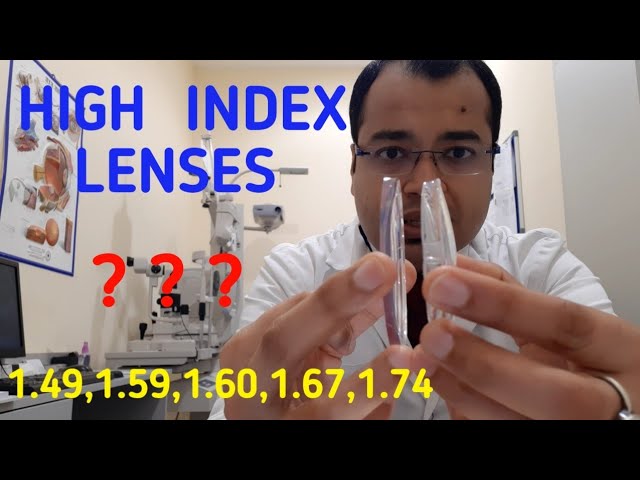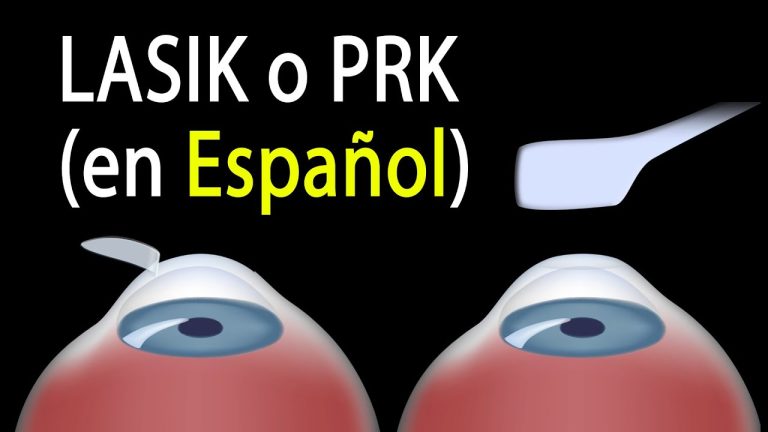See Clearly with High-Index Lenses: A Guide from Optical Experts
High-index lenses are a type of corrective eyewear that feature a thinner and lighter lens design compared to traditional eyeglasses. These lenses are particularly beneficial for people with stronger prescriptions, as they can dramatically improve the appearance and comfort of their glasses.
At their core, high-index lenses are designed to increase the refractive index of the material used to craft the lens. This means that the lens can bend light more efficiently, resulting in a thinner lens that doesn’t distort vision. As a result, high-index lenses are often the go-to choice for people with nearsightedness, farsightedness or astigmatism.
Why Choose High-Index Lenses?
There are several important reasons why someone might choose high-index lenses over traditional lenses. For one, these lenses can dramatically improve the appearance of your eyeglasses. This is because traditional lenses for individuals with strong prescriptions tend to be thick and heavy. Not only can this look unsightly, but it can also be uncomfortable to wear for long periods of time.
Another important consideration when choosing high-index lenses is that they can help you see more clearly. This is achieved through the increased refractive index of the lens material, which ensures that light is bent more effectively to achieve a clear and accurate image.
How to Choose the Right High-Index Lenses?
When choosing high-index lenses, there are a few key factors to consider. The first of these is the specific refractive index of the lens material. In general, the higher the refractive index, the thinner and lighter the lens will be. This means that individuals with extremely strong prescriptions may need to opt for a higher refractive index to achieve the best results.
It’s also important to consider the specific brand and manufacturer of the high-index lenses you choose. This is because different brands may use different materials and production methods, which can affect the quality and value of the lenses in question.
High-Index Lenses vs. Polycarbonate Lenses
Another important consideration is how high-index lenses compare to other popular eyewear options, like polycarbonate lenses. While both types of lenses are designed to be thinner and lighter than traditional lenses, there are some key differences to be aware of.
For one, polycarbonate lenses are generally a bit thicker than high-index lenses. This is because they have a lower refractive index, meaning that they don’t bend light as efficiently. However, polycarbonate lenses are still a great choice for many people, particularly those looking for a durable and scratch-resistant lens material.
Get Your High-Index Lenses Today!
If you’re ready to experience the many benefits of high-index lenses, be sure to visit our online store today! Our team of experienced optometrists and eyewear specialists can help you find the perfect pair of glasses to suit your needs and budget, whether you’re looking for high-index lenses, polycarbonate lenses or any other type of corrective eyewear.
- Choose from a wide range of high-quality frame styles
- Enjoy fast and reliable shipping right to your doorstep
- We offer a 100% satisfaction guarantee on all of our products
So what are you waiting for? Shop our selection of high-index lenses today and experience the very best in modern eyewear technology!
Contents
Most wanted in Hoya Vision:
Hoya Lens Engravings
Which lens is better Alcon or Johnson and Johnson?
What’s the rarest eye color?
What brand lenses does Costco use?
Legacy Eye Care Llc
Hoya Sensity Vs Transitions Xtractive
Should eyeglasses cover eyebrows?
What’s the difference between 1.5 and 1.6 lenses?
Wide Corridor Progressive Lenses
What do you call glasses that turn dark in the sun?
















